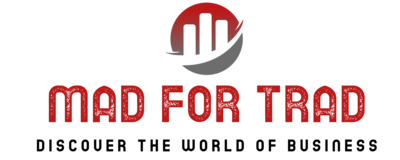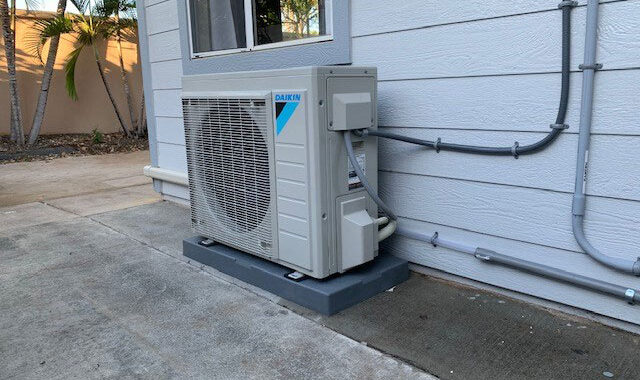Communication Breakdowns on Medical Malpractice

Communication is the lifeblood of effective healthcare. It is not merely about conveying information; it is the cornerstone of trust, precision, and patient safety. In the intricate world of medicine, where split-second decisions can mean the difference between life and death, the consequences of communication breakdowns are particularly profound. This article delves into the intricate web of how communication breakdowns can reverberate in the realm of medical malpractice.
The Silent Menace: Communication Breakdowns
In the bustling environment of a healthcare facility, the exchange of information occurs at multiple levels. From doctors and nurses to administrative staff, each link in the chain plays a vital role in delivering optimal patient care. However, when this intricate web of communication starts to unravel, the consequences can be catastrophic.
Communication breakdowns manifest in various forms: misinterpretation of medical records, unclear handoffs between healthcare professionals, and inadequate patient education, to name a few. These seemingly minor lapses can snowball into major medical errors, leading to severe complications or even fatalities.
Unraveling the Domino Effect
The impact of communication breakdowns in the medical field is akin to a domino effect. A miscommunicated dosage, an overlooked symptom, or a misunderstood medical history can set off a chain reaction of errors. These errors, unfortunately, often culminate in medical malpractice cases.
Medical malpractice occurs when a healthcare professional deviates from the standard of care, resulting in harm to the patient. Communication breakdowns significantly contribute to these deviations, creating a breeding ground for negligence claims.
Legal Ramifications: Holding the Threads Together
In the aftermath of medical malpractice fueled by communication breakdowns, the legal repercussions are extensive. Patients, or their grieving families, may seek compensation for damages incurred due to substandard care. Legal battles ensue, with healthcare providers and institutions often grappling with the fallout of breakdowns in communication.
Courts scrutinize the communication protocols in place, evaluating whether adequate measures were taken to prevent errors. Was there a standardized handoff procedure during shift changes? Were patient records thoroughly reviewed, or were there lapses in conveying critical information?
Navigating the Storm: Mitigating Communication Breakdowns
Preventing communication breakdowns in the medical field requires a multifaceted approach. Establishing clear communication protocols, promoting a culture of transparency, and leveraging technology for seamless information exchange are pivotal steps.
Regular training programs can enhance the communication skills of healthcare professionals, ensuring that critical information is conveyed accurately and comprehensively. Moreover, fostering an environment where asking questions and seeking clarification is encouraged can be a powerful antidote to communication breakdowns.

The Path Forward: A Call to Action
As we navigate the labyrinth of healthcare, it becomes imperative to recognize the far-reaching implications of communication breakdowns on medical malpractice. Beyond the legal ramifications, these breakdowns erode the foundation of trust between patients and healthcare providers.
Addressing this issue demands a collective commitment from the healthcare industry. It necessitates a paradigm shift towards a communication-centric approach, where the seamless flow of information becomes as crucial as medical expertise. For more insights and further information about legal support for malpractice, you may visit their page to learn more.
Conclusion
Communication breakdowns in the realm of medical practice are not mere inconveniences; they are potent catalysts for medical malpractice. The repercussions extend beyond legal battles, impacting patient outcomes and eroding the bedrock of trust in healthcare. By acknowledging the profound impact of communication breakdowns and actively working to mitigate them, the healthcare industry can fortify its foundations and ensure the well-being of those it serves.


 The Psychology of Branding
The Psychology of Branding  Nosboss Cream Chargers for Melbourne Customers
Nosboss Cream Chargers for Melbourne Customers  How to Use Your Air Conditioner
How to Use Your Air Conditioner  Yemeni Language in Preserving Cultural Heritage
Yemeni Language in Preserving Cultural Heritage  Running Seasonal Advertising Campaigns
Running Seasonal Advertising Campaigns  Omega-3 for Reducing the Risk of Stroke
Omega-3 for Reducing the Risk of Stroke